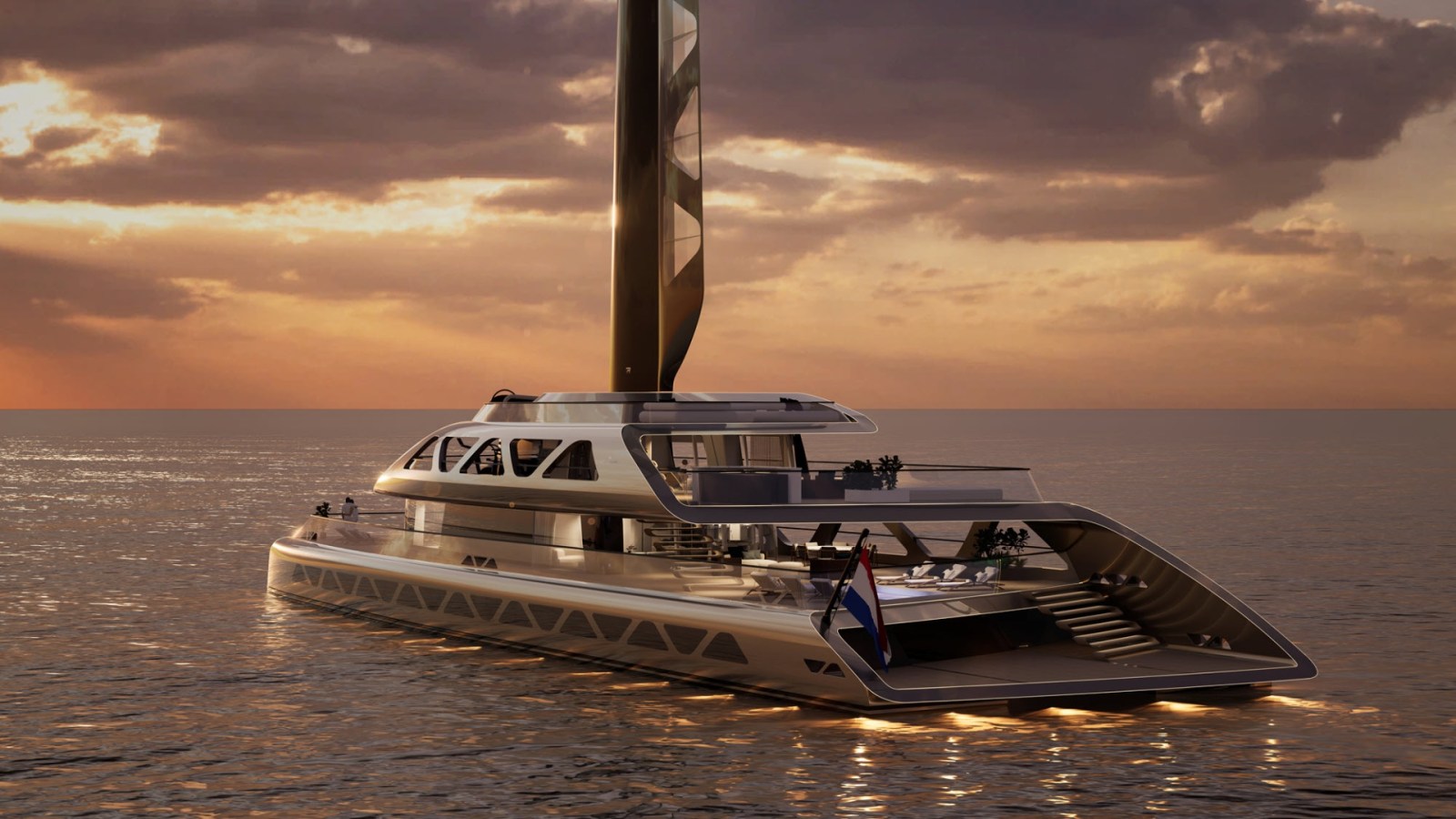When I saw a flying car, an odd-looking 6-wheeled minivan and video footage of a catamaran on Lexus’s stage, it was obvious that there’d been a seismic shift in the brand’s product lineup.

At the Japan Mobility Show last month, Lexus announced it was pursuing something unheard of up until now—360-degree mobility across land, sea and air with vehicles that pushed the boundaries of what luxury mobility can be.
Without a doubt, the concept that had everyone picking their jaws up off the floor was the stylish six-wheeled minivan—the Lexus LS Concept. With two big wheels to steer up front and four small wheels to drive the van up the back, the LS Concept was one of the most photographed vehicles at the show. Toyota Chief Branding Officer Simon Humphries, tells me that the four small wheels up the back have been put there for a reason—to revolutionize packaging. According to the British designer, they not only deliver more roominess in the rear of the vehicle, but they also make the vehicle more stable in the corners. And inside, it’s all about Lexus’s iconic levels of luxury and quietness, with one Lexus staffer saying “it’s a quiet as a library in there.”

While Lexus was being tight-lipped about the minivan’s powertrain, the lack of a huge spindle grille up front leans heavily towards this minivan incorporating a fully electric powertrain. Insiders suggest the LS concept was conceived by the design department without input from nosy engineers who most probably would have explained that Lexus does not have a platform currently to support six wheels, and special bespoke spare rubber might be on the expensive side.
In fact, to make Lexus’s naming more up to date, and to make the model’s lettering apply to more popular space-generous vehicles (in contrast to less popular sedans), the ‘LS’ which used to stand for ‘Luxury Sedan’ now stands for ‘Luxury Space.’


Carmakers have experimented with six wheels before including the iconic Tyrrell P34 Formula 1 car from the 1970s or the Tyrrell-inspired Italian road-going Covini C6W that had four wheels at the front, like the Tyrrell and two wheels at the rear. But in real world situations, six wheels were thought to be too complicated and expensive to build. Can Lexus make this one work? We’d suggest that the brand will give it everything they’ve got to bring this to showrooms by 2027.
The second eye-popping vehicle unveiled at Lexus was the Joby S4 eVTOL co-developed by Toyota and American aviation company Joby, that comes across as part drone, part helicopter. With six propellors, the Joby S4 can carry four passengers, fly at a top speed of 200 mph and travel a distance of 100 miles. The electric vertical take-off and landing (eVTOL) aircraft will focus on enabling air taxi services and other air mobility applications, both in the U.S. and Japan. Toyota is primarily supporting Joby with manufacturing expertise and component supply, while its subsidiary Aero Asahi will operate the services in Japan.


Completing Lexus’s 360-degree mobility concepts covering land, sea and air was the sea-going Catamaran Concept. Looking like the futuristic floating lair of a James Bond nemesis, a major highlight is its autonomous sailing capability: the concept is built to navigate itself, using self-driving tech to allow long, crew-free voyages. The catamaran is also powered sustainably with its rigid wing-like sails that are covered in solar panels, helping generate onboard energy and reduce reliance on fossil fuels.
Other concepts revealed included the Lexus Coupe Concept, which actually looks more like an SUV silhouette than a coupe in its styling and the Lexus Sports Concept, which actually first debuted at the Quail event in California in August, has the proportions of a supercar and will feature a yoke steering wheel which looks like becoming the norm in Lexus interiors of the future. All of these cars will have autonomous capability, but whether that means Level 3 or 4, we don’t know yet. And as camera door mirrors are not yet legal in the U.S., we will most probably see standard door mirrors fitted when the car finally arrives in 2027.

Lexus had one more concept surprising concept up its sleeve—the Lexus single person luxury carrier, which comes across like a serene, luxury mobile cocoon. The autonomous vehicle—that cannot be driven—is like a moving young chair that offers drinks, snacks and premier comfort levels while its self-driving capability takes you to your next destination.
While the six-wheel minivan, Sports and Coupe Concepts should appear in the next few years, and the Joby S4 will start air taxi services in Dubai in 2026 and in Japan and U.S. by 2027, we are not sure how Lexus will phase in its catamaran or the single person carrier—although we can definitely see uses for it in restricted facilities like retirement homes or Olympic villages.
Look back on the week that was with hand-picked articles from Australia and around the world. Sign up to the Forbes Australia newsletter here or become a member here.
This story was originally published on forbes.com.


